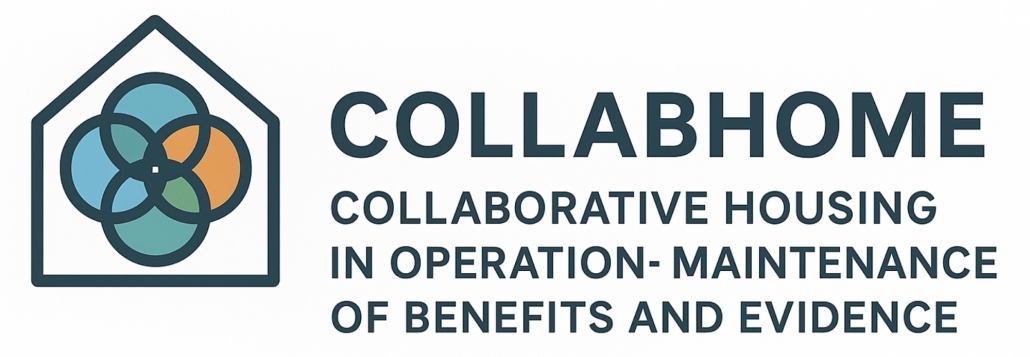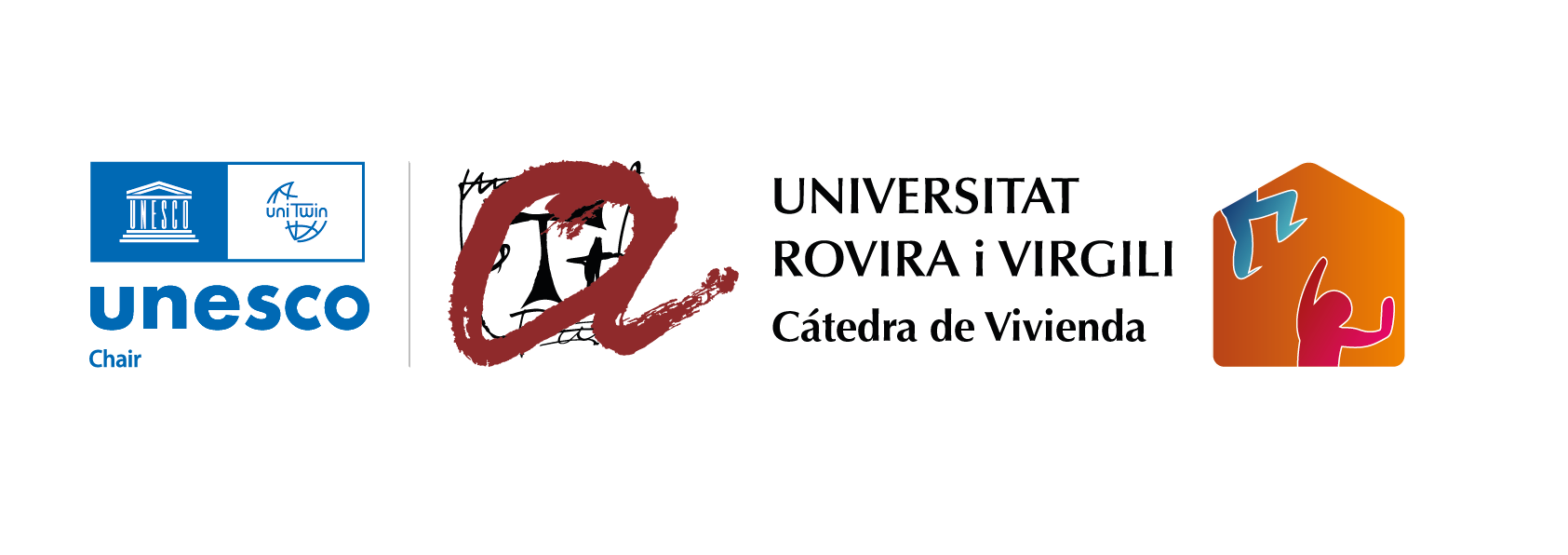 CollabHome: Collaborative Housing in Operation – Maintenance of benefits and Evidence
CollabHome: Collaborative Housing in Operation – Maintenance of benefits and Evidence
The UNESCO Housing Chair of the Rovira i Virgili University is the host of a Marie Skłodowska-Curie Actions (MSCA) post-doctoral fellowship held by Philippa Hughes on the topic of collaborative housing. The main objective of the project is to better understand the way collaborative housing projects operate into the longer term. This includes investigating the maintenance of affordability, sociability, and democratic governance. The research focuses on the operation of projects in Spain and England as well as taking a wider account of the evidence base across Europe.
Collaborative housing refers to citizen-led housing projects outside of mainstream market or social housing practices. These projects involve some degree of collective or shared property with a commitment to ongoing collective stewardship. Iniatives may also include some degree of increased socialisation and sharing in daily life facilitated by the design of the housing project. This means shared facilities such as community spaces, like kitchens or laundries or more shared gardening space. There has been growing interest in these forms of housing projects across Europe, and globally, serving as an outlet for activism related to housing problems and grounded solutions for specific housing needs.
For example, in England, community land trusts (CLT) have become a popular method for combatting housing challenges. A CLT refers to a locally formed democratic organisation charged with the stewardship of land through a trust that is legally bound to manage the land for benefit to the community. CLTs have been founded in rural villages as a route to the development of affordable homes (e.g., social rent or shared ownership), in places like Devon and Somerset. CLTs can accomplish this in contexts where housing development is usually inadmissible from a regulatory perspective, or normally opposed by well-organised citizen groups. Thay can do this due to being locally embedded and accountable which creates community buy-in, which de-risks the project from the perspective of the council and the social housing developer. In a different market, CLTs have been used to regenerate areas of cities that have become rundown and depopulated such as in Liverpool where the Turner Prize award winning Granby 4 Streets is located. The strength of these models lies in the long-term control of land to avoid future speculation.
In Spain, a new wave of cooperative housing in the cooperativa en cesión de uso has captured the attention of housing activists and researchers. In this system, ownership of the homes lies with a cooperative, while the members obtain a stable, long-term right of use. This has at time been combined with public land subsidies which enabled these cooperatives to provide housing in more expensive areas. Proponents of the model present it as a sustainable and accessible alternative to guarantee the right to housing. Similar to the CLT model it provides a tool for controlling the land use going forward, away from the market and therefore moving away from real estate speculation.
Some collaborative housing models include those designed under cohousing principles of increased collective spaces and shared facilities. For example, cohousing communities in England such as Bridport Cohousing or Marmalade Lane, have won awards for providing attractive places to live with increased sociability options whilst retaining private spaces. Cohousing models for senior citizens have also received significant interest.
The level of engagement as a community in the daily life of residents varies across collaborative housing projects. So too does the target demographic in terms of affordability. Whilst many projects have a focus on reducing costs, they are typically not targeted at those in the greatest housing need, but rather at a middle ground who may have some financial means but lack the capacity to buy a home. In this way the collaborative housing model might contribute to the objective of the New Urban agenda 2016 to move to a continuum of housing tenures with an increase in diversity of housing models. There is, therefore, a range of models that fall under collaborative housing. What they have in common is the deliberate effort to develop and maintain homes for the collective benefit, and that this tends to rest on some of innovation in the property model.
Whilst relatively small in terms of actual homes, such projects occupy the imaginative space of potential for future housing. Therefore, they are of significant interest to the research community. A significant amount of research has been conducted to understand the process of developing these projects, either from individual case studies or considering the characteristics at a cross-national level. However, less is known about these models operate over the long-term and how the hoped for benefits are realised in the long-term.
We explore these questions at three levels: a) experience of individual residents, b) overall experience of the housing project, c) wider impact on the community and city/regional spatial planning objectives.
This involves the collection of qualitative data across the two contexts of England Spain, first with stakeholders who understand the picture at a national level followed by in-depth case studies of housing projects that have been in operation for a period of at least two years. In addition, the project will conduct a systematic literature review of the evidence for benefits of collaborative housing and operation into the longer term. Theoretically, it will also contribute to refinement of the collaborative housing concept through development of a typology of types and forms of collaborative housing according to their collective qualities.

